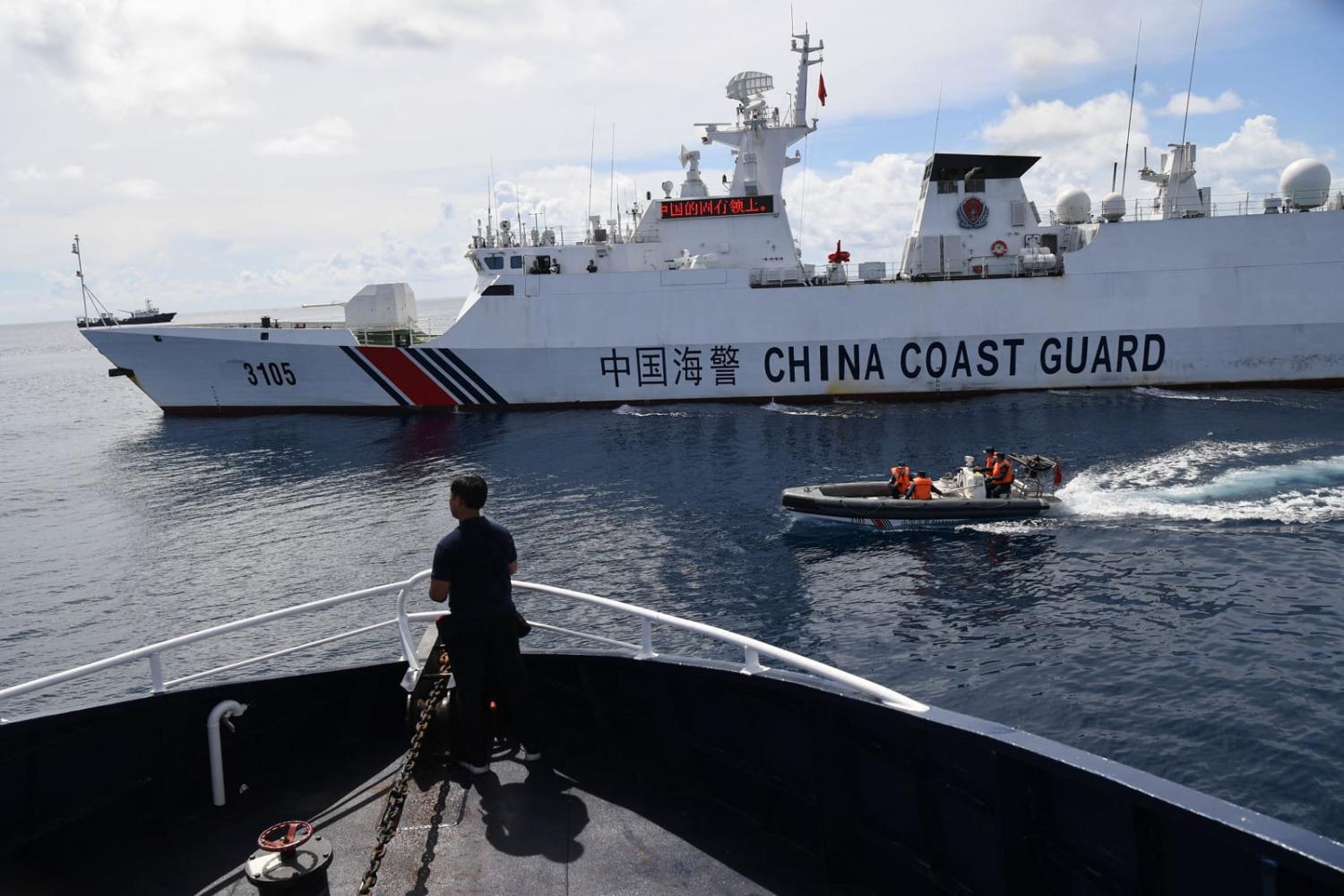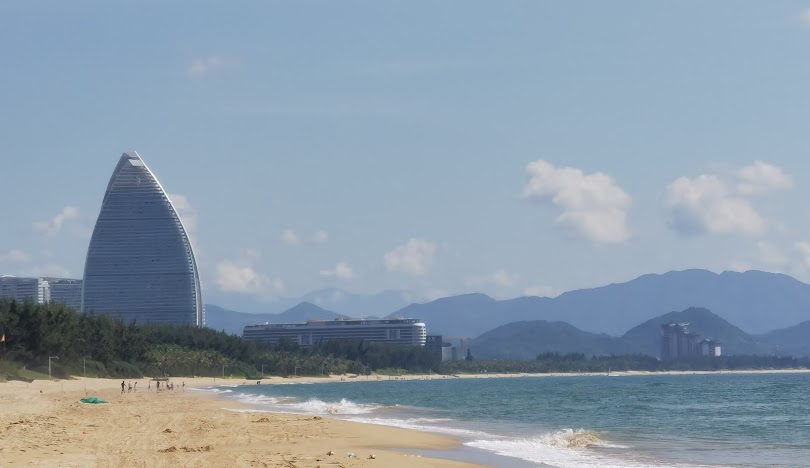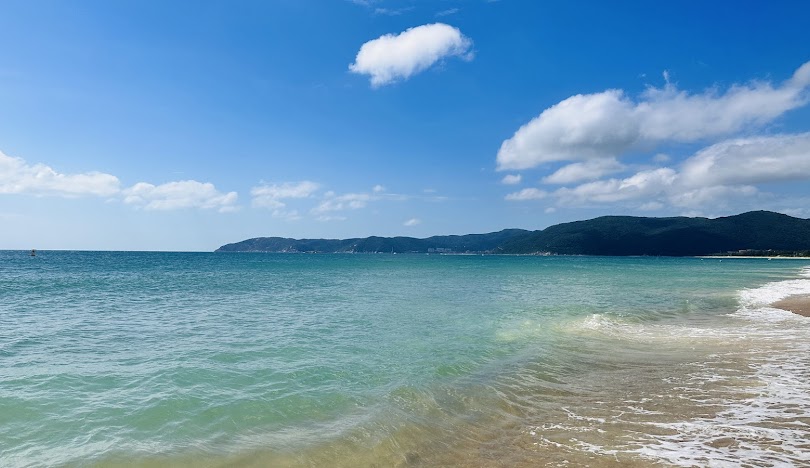
By the International Affairs Desk
The South China Sea is a powder keg, and the world’s holding its breath. In 2025, this contested waterway—where billions in trade flow and rival nations flex their muscles—is heating up fast. From Chinese warships shadowing Filipino fishing boats to U.S. Navy patrols stirring the pot, the region’s a heartbeat away from a clash that could ripple across the globe.

The situation escalated last month when China’s coast guard fired water cannons at a Philippine supply boat near the disputed Scarborough Shoal, stranding sailors for hours. Manila called it “an act of aggression”; Beijing shrugged it off as “routine enforcement.” Meanwhile, Vietnam reported Chinese jets buzzing its oil rigs, and Malaysia’s navy chased a Chinese survey ship out of its waters. These aren’t one-off spats—China’s claiming nearly 90% of the South China Sea with its “nine-dash line,” a map that neighbors and international courts have called hogwash. But Beijing’s not backing down, building artificial islands packed with missiles and airstrips as if preparing for a fight.
The United States isn’t sitting idly by. This week, the USS Abraham Lincoln carrier group steamed through the sea, flanked by Australian and Japanese destroyers, in a “freedom of navigation” mission that had Chinese state media screaming “provocation.” Washington insists it’s defending open seas; critics say it’s poking the dragon. The volatile situation in Taiwan, where U.S. arms sales are surging as China ramps up military drills, adds another layer of complexity.
“One miscalculation, one itchy trigger finger, and this could spiral,” warns Li Wei, a Singapore-based security analyst. “Nobody wants war, but everybody’s playing chicken.”
The stakes are massive. A third of global trade—from oil and electronics to daily consumer goods—passes through these waters. A conflict could choke supply chains, spike prices, and tank economies worldwide. The human toll is also immediate, with millions of fishermen like Juan Reyes from the Philippines caught in the crossfire. “We just want to fish, but now it’s like sailing into a war zone,” Reyes told reporters, his boat still leaking from a recent run-in with a Chinese vessel.

Other global players are being drawn in. India’s navy just inked a deal to patrol with Vietnam, while the UK sent its HMS Queen Elizabeth carrier for joint drills with ASEAN nations. Russia, strengthening ties with China, held its own exercises nearby, flexing submarines and bombers. ASEAN’s latest summit in Jakarta pushed for a “code of conduct” to cool tensions, but talks have dragged for years with little progress.
What’s fueling this mess? The drivers are a mix of resources, power, and nationalism. Trillions of dollars in untapped oil and gas lie beneath the waves. Geopolitically, a rising China is challenging the established U.S. presence. Domestically, leaders from Beijing to Manila rally their bases by taking a tough stance on territorial claims, a narrative amplified on social media.
However, hope is not entirely lost. Backchannel talks between China and the Philippines are quietly restarting, and the UN is urging restraint. Some analysts believe that deep economic ties—China is a top trading partner for most claimants—might ultimately prevent the situation from boiling over.
But with militaries on high alert and rhetoric at a fever pitch, it’s anyone’s guess if cooler heads will prevail. As warships prowl and fishermen dodge danger, the world watches to see if the South China Sea will become 2025’s defining flashpoint or if diplomacy can pull the region back from the brink.








































